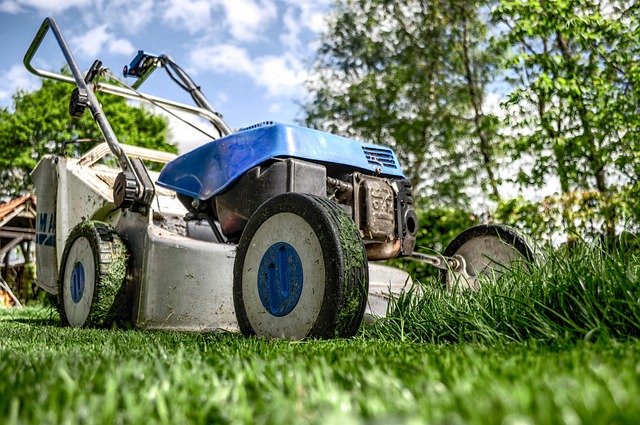Lawn Care Guide: Practical Tips for Healthy Grass and Yard
A healthy lawn balances water, soil, grass choice, and regular maintenance. Whether your yard is a simple patch of grass or part of a larger garden layout, understanding basic lawn care helps improve appearance, reduce pests, and create a usable outdoor space. This guide explains practical steps for everyday care, seasonal adjustments, and when to consider professional local services in your area.

How to care for your lawn
Regular care starts with assessment: check soil type, drainage, and sunlight patterns across the lawn. Aeration, fertilization, and proper watering are cornerstones of routine maintenance. Aerate compacted soil in spring or fall to improve root growth. Use a soil test to set fertilizer choices and timing—too much nitrogen can encourage disease while too little leaves grass weak.
Mowing, weed control, and overseeding are ongoing tasks. Keep mowing heights appropriate for your grass species, and remove no more than one-third of the blade in a single cut. Address bare or thin areas with overseeding and light topdressing to promote a denser turf that resists weeds.
What grass fits your yard?
Choosing the right grass variety depends on climate, sun exposure, and intended use of the yard. Cool-season grasses (like fescue or ryegrass) perform better in temperate regions, while warm-season grasses (such as bermudagrass or zoysia) thrive in hotter climates. Shade-tolerant blends or fine fescues work well for gardens and yards with limited direct sun.
Consider traffic tolerance if the lawn will host frequent activity. Some grasses recover quickly from wear, others do not. Seed tags and supplier information typically list performance traits. When in doubt, consult local extension services or reputable local services in your area for recommendations tailored to regional conditions.
Garden soil and lawn health
Soil quality underpins lawn vigor. A balanced soil pH (usually around 6.0–7.0 for many grasses) and adequate organic matter support root development and nutrient uptake. Perform a soil test every few years to identify nutrient shortfalls and pH adjustments. Incorporate compost or organic matter to improve structure and microbial activity, especially in clay or sandy soils.
Drainage matters: standing water or constantly soggy patches can cause root disease and thin grass. Improve drainage with grading, targeted aeration, or by installing simple drainage channels where necessary. Healthy garden beds near the lawn can act as buffers for runoff and support biodiversity that benefits the overall yard ecosystem.
Mowing practices for strong grass
Mowing is more than aesthetics—it’s essential for grass health. Set mower blades sharp to prevent tearing, which increases disease risk. Mow at the recommended height for your grass type; generally, taller grass shades soil, conserves moisture, and develops deeper roots. Avoid scalping by raising the deck during hot or dry periods.
Vary mowing patterns occasionally to prevent soil compaction and encourage upright growth. Leave grass clippings when possible: they return nutrients to the soil and reduce waste. If clumps form, collect them to avoid smothering grass. For larger properties or complex garden layouts, hiring trained local services can ensure consistent mowing schedules and correct equipment use.
Seasonal yard maintenance checklist
Seasonal tasks keep a lawn resilient year-round. In spring, aerate, overseed thin areas, and apply starter fertilizer as needed. Summer focuses on water management—deep, infrequent watering promotes roots; early morning is the best time to reduce evaporation. In fall, lower mowing frequency gradually, remove fallen debris, and prepare for dormancy with a balanced fertilizer and continued overseeding if required.
Winter preparations depend on climate: in colder regions, keep the lawn free of heavy foot traffic when frost is present and avoid applying nitrogen-heavy fertilizers late in the season. In milder climates, maintain a light mowing and monitor for fungal diseases. Keep records of what treatments worked each year to refine the approach across seasons.
Conclusion
Consistent lawn care blends observation, timely action, and appropriate cultural practices—right grass selection, soil management, correct mowing, and seasonal adjustments. Simple steps like testing soil, adjusting watering, and overseeding can substantially improve lawn health over time. For complex issues or time constraints, consider reputable local services in your area to supplement your maintenance plan.






